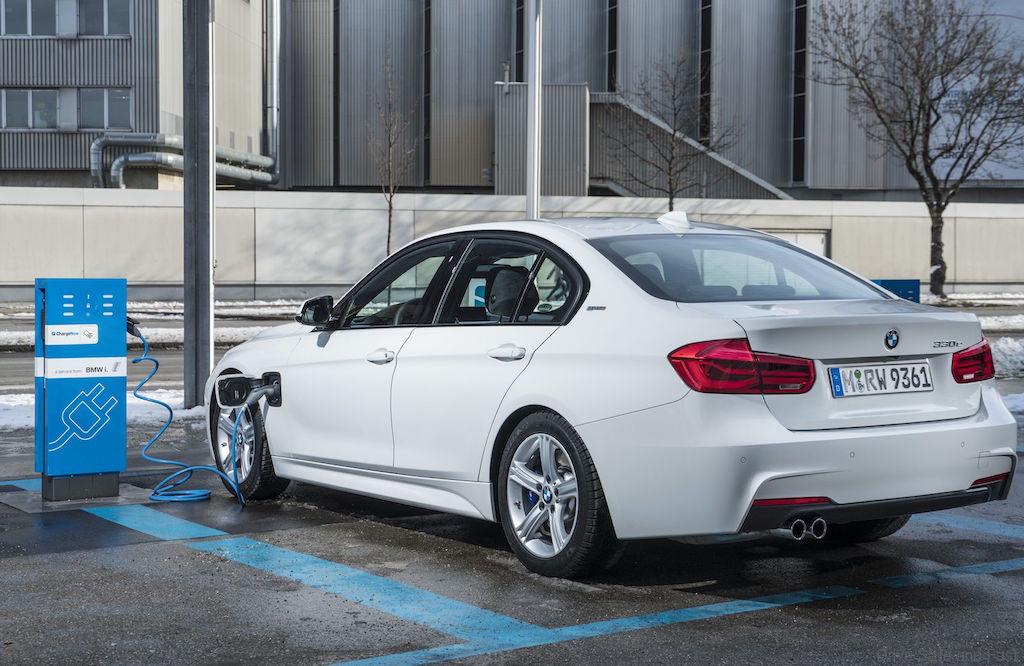The push for more environmentally friendly and fuel-efficient vehicles is constantly driving engineers to reassess vehicle technology and come up with the most efficient way for cars to function. Hybrid vehicles, have over the years become an acceptable form of transportation, with more and more hybrid vehicle models being added every year. Some newer models are becoming more powerful, but at the expense of fuel efficiency. So what’s the next step? How are manufacturers planning to produce even better fuel efficiency?
Many car companies look to plug-in hybrids as the next step in hybrid vehicle technology, and, in fact, they have been the focus of many automotive companies like BMW and now Mini over the past several years. A plug-in hybrid is exactly what it sounds like: a hybrid vehicle that recharges its batteries by being plugged into an electrical source. Unlike traditional hybrids, however, plug-in hybrids use batteries as their primary source of power.
The single biggest reason to invest in a plug-in hybrid versus a regular hybrid is to be able to use it like a part-time all-electric vehicle.
Essentially, plug-in cars use two different powertrains, both of which can drive the wheels. There’s an electric motor that lets drivers go a certain limited distance (often between 30 and 40 kilometers), and there’s a normal petrol engine that kicks in once the electric motor power is depleted.
The main benefit of PHEVs is the aforementioned zero range anxiety compared to any internal combustion car. They fill up at a petrol station if desired, and the idea is just this to give the best of both worlds which is pure EV driving within limits and petrol. This is why the BMW 330e and the X5 PHEV are set to become best sellers and BMW already is having a 12 month wait list for the X5 and a 3 month wait list for the 330e.
“There is a nice flexible feel to the delivery in electric mode, while the combustion engine and electric motor combine seamlessly to propel the new saloon with real verve on the open road. To really make the most of its potential efficiency, though, you need to get accustomed to the three different driving modes – eDrive, Max eDrive and Save Battery – and be prepared to continually switch between them.
Alternatively, you can leave the 330e to its own devices – but don’t expect to get anywhere near the official economy claims. In real-world driving, the reality is something in the region of 55mpg, or roughly what you’d expect from the 254bhp 3.0-litre six-cylinder diesel-powered 330d saloon.”
“In hybrid running, the 330e is reasonably swift, displaying reasonably sharp throttle response, thanks, in part, to the abundant torque. With the electric motor assisting the petrol unit, it delivers solid low-end urge and impressive mid-range shove on kickdown. BMW claims 0-62mph in 6.1sec, which is just 0.3sec shy of BMW’s official time for the 1545kg 330i saloon in automatic guise.
It is at typical motorway speeds, with the relatively tall gearing of the gearbox suppressing the revs of the petrol engine, where the new BMW does its best work, proving to be exceptionally refined.”
So, now that you have a better understanding of the PHEV, why don’t you visit a BMW showroom and take the BMW 330e out for a test drive.







